Table of Contents
![]() About the Author
About the Author
![]() Related Posts
Related Posts
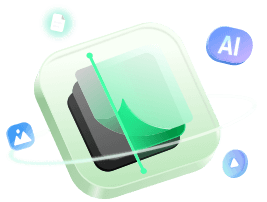
AI-Enhanced
File Repair
Repair corrupted files and enhance file quality!
Many individuals have voiced concerns over the JPEG images affected by STOP/DJVU ransomware, with some unfortunately losing access to their images.
You've come to the correct place if this ransomware has compromised your JPEG files. This post aims to provide effective solutions to restore those affected JPEG files.
Here are the fixes you need to follow:
| Workable Solutions | Step-by-step Troubleshooting |
|---|---|
| Fix 1. Use Professional Photo Repair Software | EaseUS Fixo Photo Repair is the software you need to get when STOP/DJVU Ransomware...Full steps |
| Fix 2. Boot Windows in Safe Mode | When you boot Windows into Safe Mode, it will help your system to run with esssensial...Full steps |
| Fix 3. Identify the Ransomware Infection | You first need to identify ransomware before you figure out how you'll it from your device...Full steps |
| Fix 4. Remove files Related to the Virus | If your computer is infected, the malware will place files in various places. These files are designed...Full steps |
| More Workable Fixes | Use a ransomware decryption tool. Encryption methods are complex, and only developers typically...Full steps |
Fix 1. Use Professional Photo Repair Software
EaseUS Fixo Photo Repair is the software you need to get when STOP/DJVU Ransomware attacks your device. It will help you repair the damaged images with a few clicks. Also, this software will help you fix other image issues like blurry images, uneven lighting, and pixelation.
- Beyond its format flexibility, the software is versatile in another key aspect: storage devices. Whether your photos reside on computers, USB drives, memory cards, SD cards, cameras, or phones, EaseUS Fixo Photo Repair is designed to retrieve and restore them.
- This tool is also a great helper for photography enthusiasts because it can perform RAW photo repair and fix photoshopped or even overly compressed photos.
- The software offers efficiency for those grappling with many affected images. It allows users to process multiple photos simultaneously. Plus, the feature to preview fixed images before finalizing saves ensures that users can confidently approve the results.
Here is how you can repair corrupted photos affected by Ransome with this photo repair tool:
Step 1. Launch Fixo on your computer. You can choose "Photo Repair" to repair photos that cannot be opened, partially missing, etc. Click "Add Photos" to select corrupted photos.
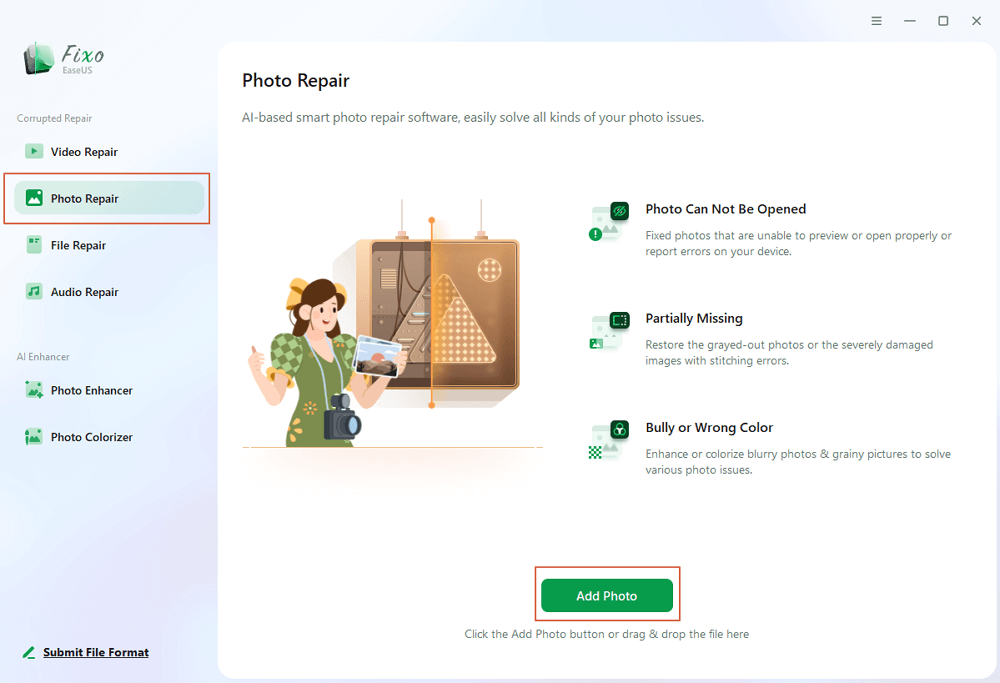
Step 2. You can repair multiple photos at once by clicking the "Repair All" button. If you want to repair one photo, move your pointer to the target photo and choose "Repair".
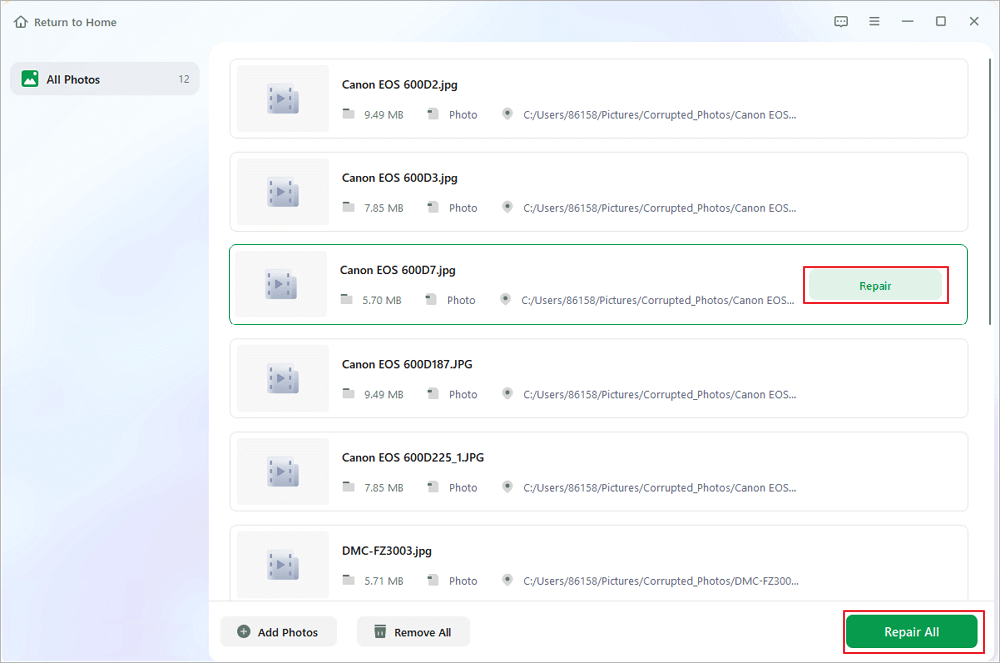
Step 3. You can click on the eye icon to preview the photos and click "Save" to save a selected photo. Choose "Save All" to save all the repaired images. Click "View Repaired" to locate the repaired folder.
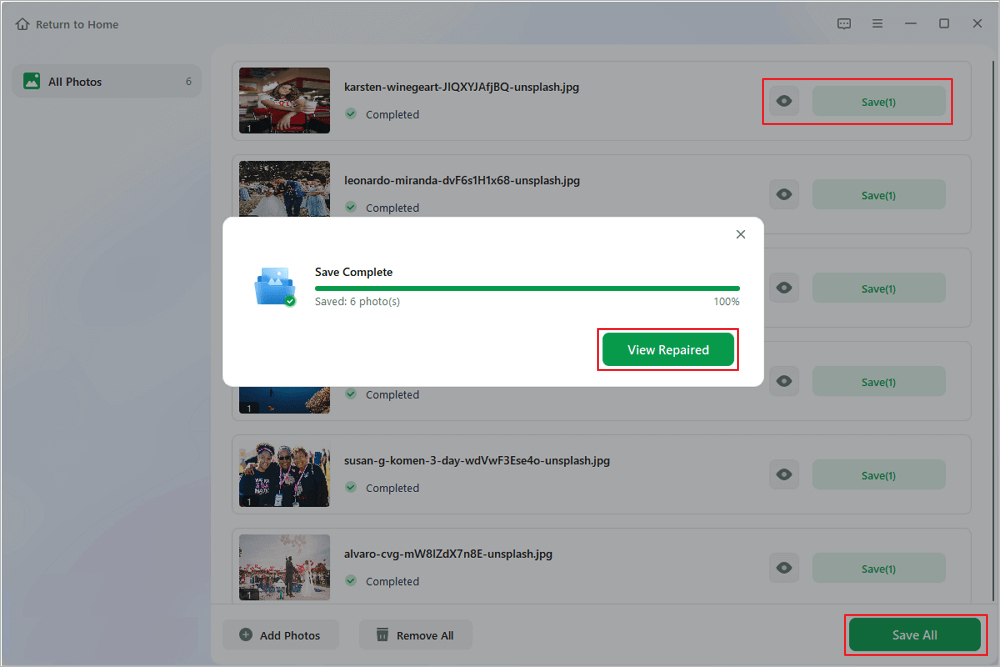
If you find it helpful, you can share the post on your social media platform.
Fix 2. Boot Windows in Safe Mode
When you boot Windows into Safe Mode, it will help your system to run with esssensial drivers and services. This will protect the device from ransomware issues.
Step 1. Launch the Run dialog by Pressing "Windows" + "R" together.
Step 2. Type msconfig and press Enter.
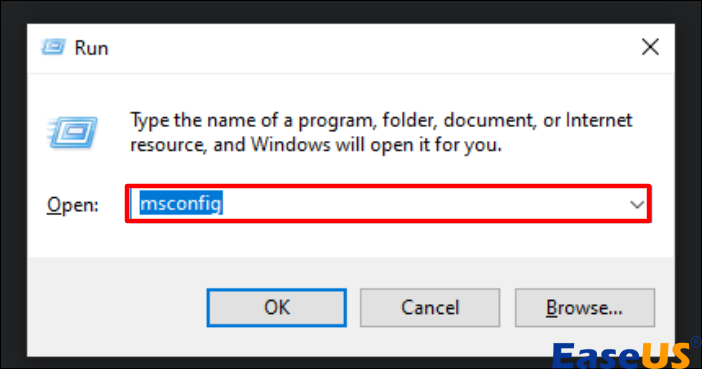
Step 3. Go to the "Boot" tab in the System Configuration window and click "OK".
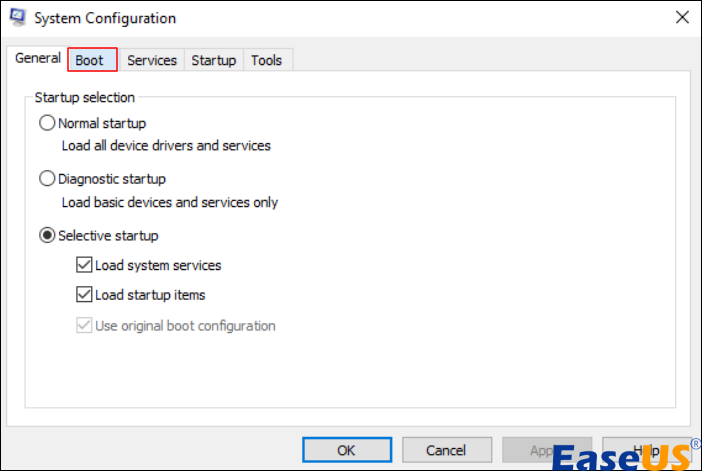
Step 4. Under "Boot options," check the "Safe boot" box.
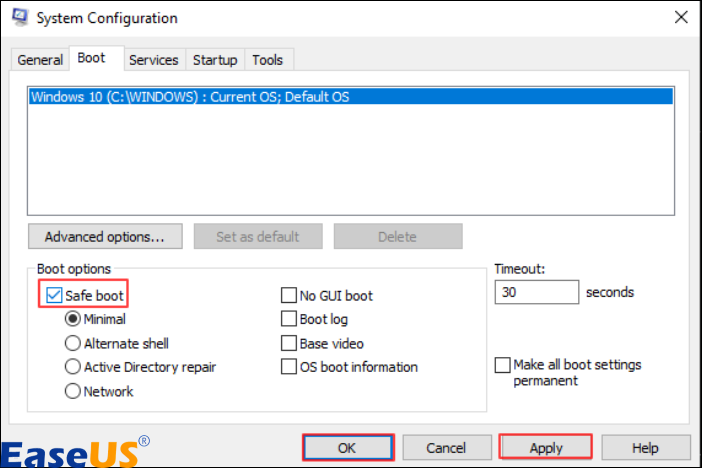
Step 5. Select "Apply", then Click "OK".
Fix 3. Identify the Ransomware Infection
You first need to identify ransomware before you figure out how you'll it from your device. Some ransomware types might send a message explaining their presence, but usually, they'll directly discuss your locked files and the payment they demand. One way to recognize the ransomware is by its message name.
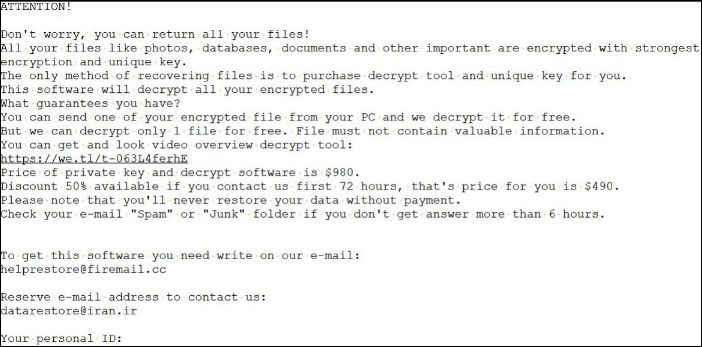
However, this method might not always be reliable because many names are generic and similar. So, relying solely on the ransomware name might not be effective and could result in losing data.
Another way is to check the file extension. This method is useful only if the extension is unique.
A recommended approach is to use the ID ransomware website. It can identify many ransomware types.

Just upload the ransom message or a related file, and it'll quickly identify the ransomware, providing its name and other essential information. If that doesn't help, you can search online using specific keywords.
You can share this post to forums like Reddit to help more people in need:
Fix 4. Remove files Related to the Virus
If your computer is infected, the malware will place files in various places. These files are designed to reinstall the malware if you delete it.
Step 1. Press the Windows key and the R key together.
Step 2. A run box will appear; type each of the following messages:
- %AppData%
- %LocalAppData%
- %ProgramData%
- %WinDir%
- %Temp%
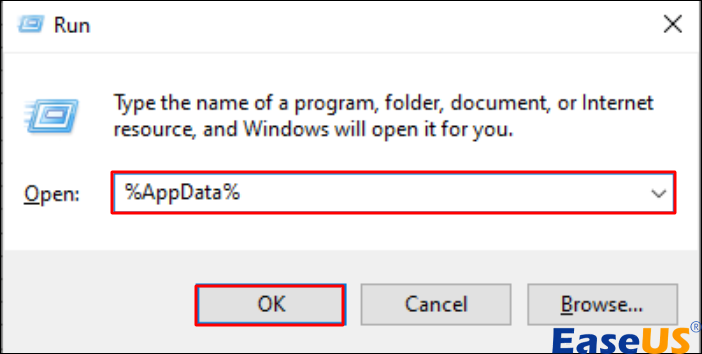
Step 3. Press the "OK" button.
Check the first four locations for files similar to the ransomware and delete them immediately. In the temp folder, it's safe to delete all the files.
Fix 5. Look for Ransomware Decryption Tools
Use a ransomware decryption tool. Encryption methods are complex, and only developers typically have the key to restore data. Decryption often relies on a specific key, and without it, recovering the data is challenging.
There are decryption tools online you can use. Just be careful; not all tools work well for recovering JPEG files. Before choosing a tool to restore JPEGs affected by STOP/DJVU ransomware, check out reviews to find the most reliable one.
Fix 6. Isolating the Infected Device
Certain infections can encrypt files on external storage and potentially spread across local networks. Consequently, it is essential to isolate the infected device promptly. Here are steps to achieve this:
Disconnect from the internet.
Step 1. Open the "Control Panel" then click on "Network and Sharing Center".
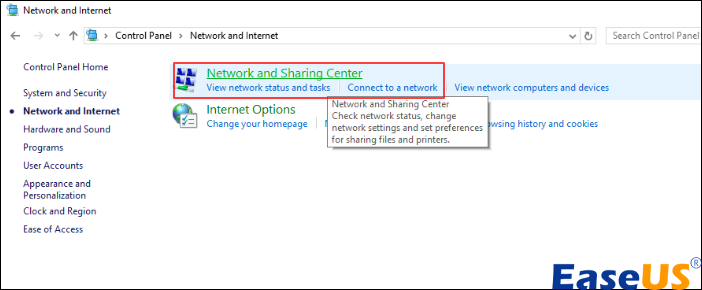
Step 2. Next, click on "Change Adapter Settings" to see the Network connections.
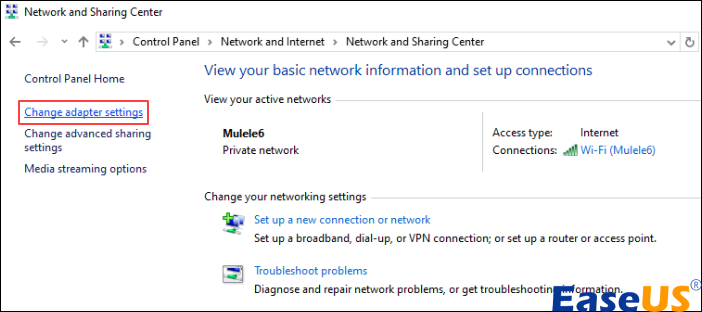
Step 3. Lastly, for each connection, click "Disable" to disconnect your device from the internet.
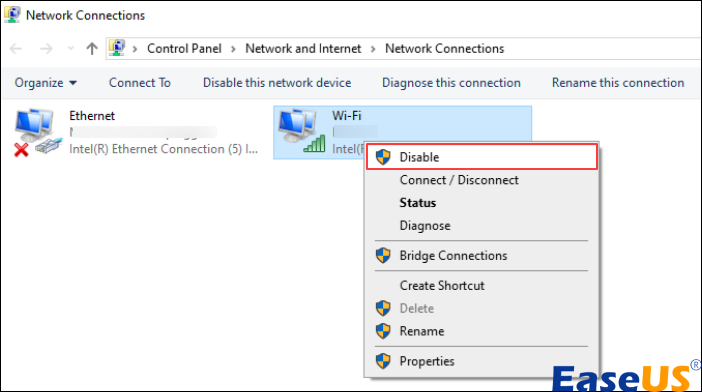
Log out of cloud storage
The ransomware can take over your cloud storage and corrupt your cloud files. So, log out of your account right away. Remove your cloud storage software temporarily until you fix the JPEG images impacted by the STOP/DJVU ransomware.
Remove/Unplug the External Storage Device
You should also detach any external storage devices connected to the computer because the ransomware has the potential to infect all your storage devices. That's why an immediate disconnection is necessary.
Pro Tips: What is STOP/DJVU Ransomware and How to Prevent it
❓What's STOP/DJVU Ransomware?
This is malware that sneaks onto your computer, locking up your files like JPEG images. Then, You'll see a message pop up, asking you to pay up if you want your files back.
First spotted around 2018, this ransomware usually sneaks in through cracked software or bundled with adware on torrent sites and similar platforms.
The STOP/DJVU ransomware operates quickly and targets specific files like office files, jpg, and mp4, among others. It encrypts around 5MB of each file, appending a .djvu extension upon encryption.
After the attack, you'll find a readme.txt file on your desktop with payment instructions and details. You'll need to buy a decryption key from the attackers to get back your JPEG images.
❔How to Prevent it
To safeguard your device from such attacks, follow these steps:
- You must install antivirus software on your devices and network.
- Do a regular update of your network's firewall and operating system.
- Set up a system restore point on your computer for future recovery.
- Don't open any suspicious emails.
- Avoid unsecured Wi-Fi;
- Use a VPN whenever you're online.
FAQs on JPEG Images Affected by STOP/DJVU Ransomware
Let's explore some of the questions and answers.
1. What is stop DJVU ransomware?
This is ransomware that decrypts files on your device. Once it's done, it tags your files with certain extensions. To get your files back, they'll ask you to pay for a decryption tool or key.
2. Can we decrypt ransomware affected files?
Absolutely, tools like AVG, Avast, or Kaspersky are great options to help unlock these files. Just make sure to figure out which specific ransomware variant has affected your system before you use any of these tools. If needed, consult cybersecurity professionals for decryption assistance.
3. Can you break ransomware encryption?
Decrypting ransomware is usually too complex for most individuals. Even experts often need specialized tools or take advantage of vulnerabilities or errors made by the ransomware creators. The best approach is prevention, regular backups, and getting help from professionals if you're affected.
Bottom Line
From the article, you can evidently see that it's easy to repair JJPEG images affected by STOP/DJVU ransomware. Just follow the above steps, and if the issue isn't resolved, we suggest you get EaseUS Fixo Photo Repair.
Was This Page Helpful?
About the Author
Finley is interested in reading and writing articles about technical knowledge. Her articles mainly focus on file repair and data recovery.